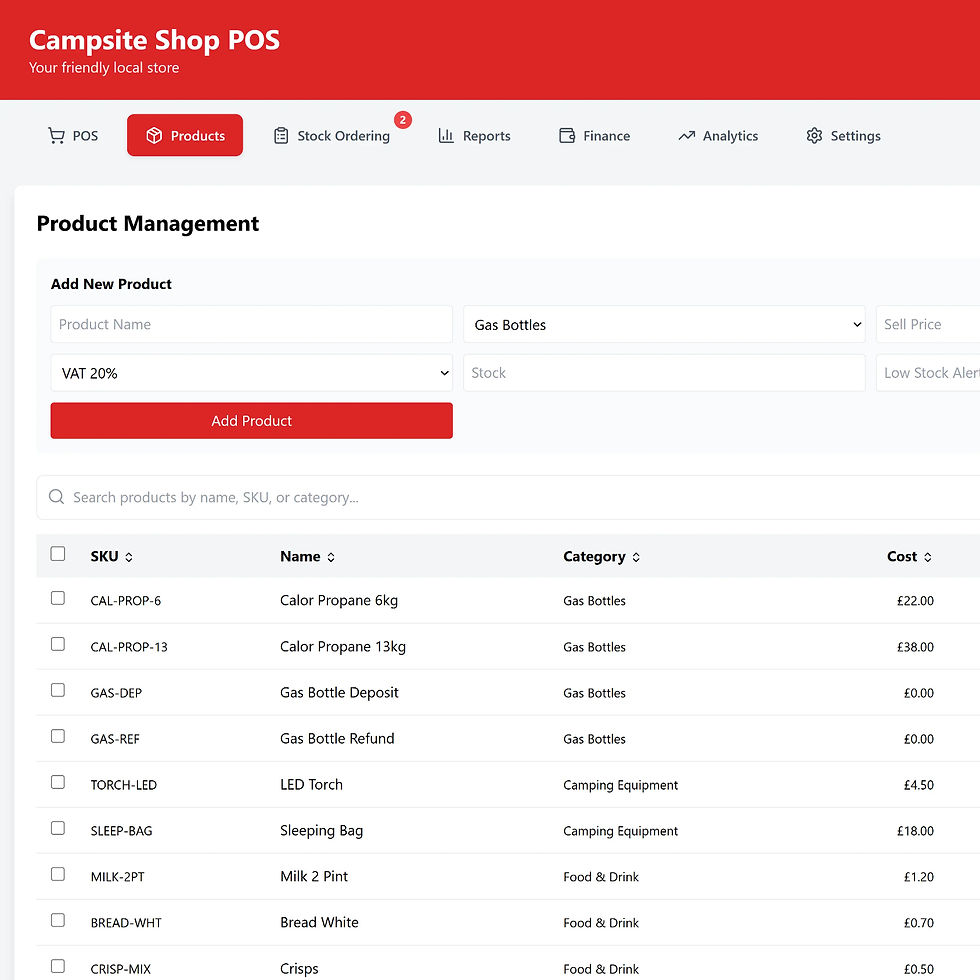top of page
Caravan Coach
Caravanning Simplified: Discover with Confidence
site search | Find Caravan Tips, Guides, & Inspiration
Find everything you need to enjoy the road ahead with Caravan Coach. Use the search to explore helpful advice, expert guidance, and inspiration for every part of your caravanning journey.
Products (2)
Blog Posts (110)
Other Pages (74)
bottom of page




